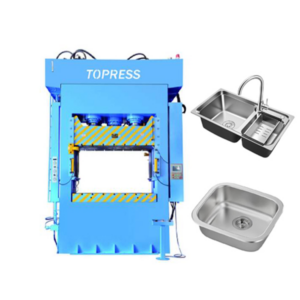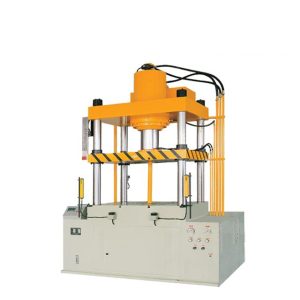Hydraulics in marine applications play a vital role in various industries, and the maritime sector is no exception. From small pleasure boats to large ocean liners, hydraulic systems find widespread use due to their compact and rugged nature. This article explores the significance of hydraulics in marine environments, highlighting commonly used hydraulic components and their suitability for maritime vessels.
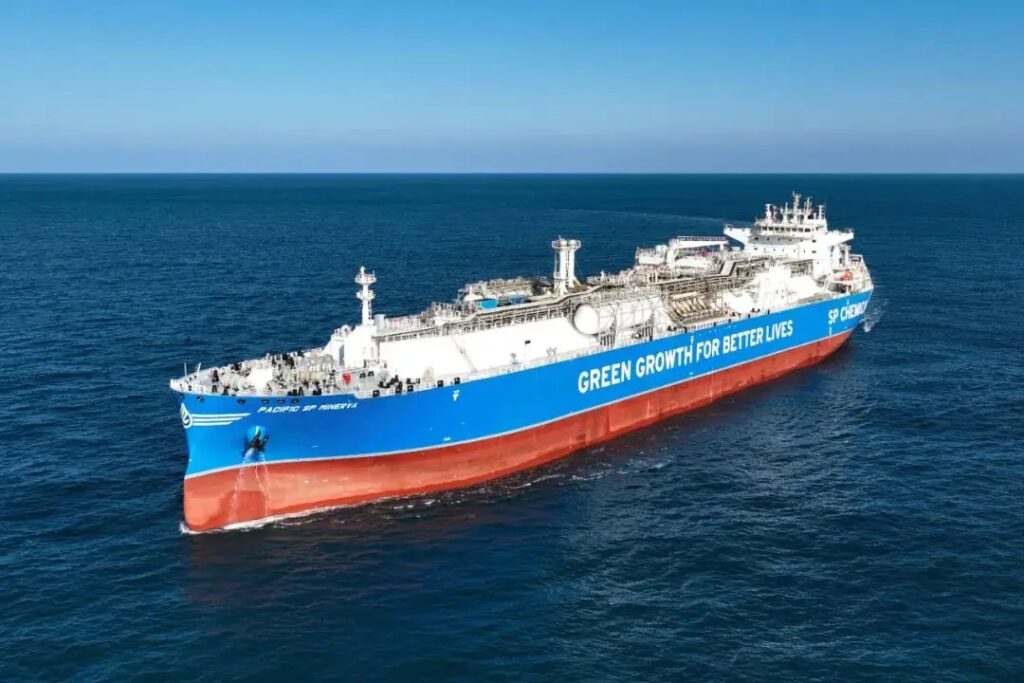
Steering Systems
First and foremost, hydraulic systems form the backbone of steering mechanisms in ships and boats. By utilizing hydraulic power, these systems provide precise control and maneuverability, even in harsh conditions. Moreover, hydraulic steering systems transmit powerful forces, allowing for effortless navigation and ensuring smooth, reliable steering regardless of the vessel’s size. This capability proves essential for safe operations, especially when facing challenging weather.
Anchoring
In addition to steering, hydraulic systems play a crucial role in anchoring and winch mechanisms. They effectively control heavy loads, driving hydraulic winches to recover anchors, lift heavy equipment, and facilitate towing operations. The versatility and reliability of hydraulic systems make them ideal for various marine applications that require controlled power and precision. For instance, marine hydraulic winches utilize some of the largest hydraulic motors available, with displacements often exceeding 3,000 cubic inches (49L/r). Consequently, these systems generate hundreds of thousands of pounds of pulling force, which becomes critical for tasks such as barge loading and unloading, escort services, and docking.
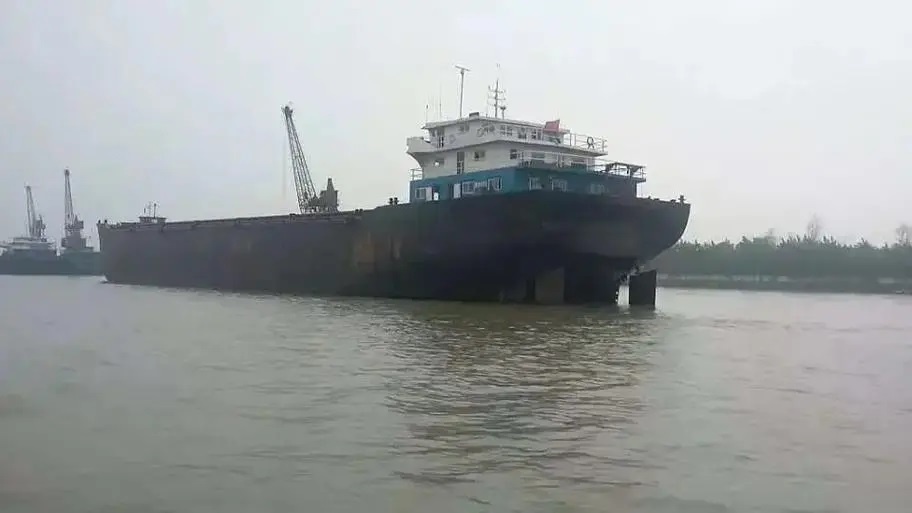
Lifting Systems
Furthermore, the marine environment frequently necessitates moving and positioning heavy objects, which makes hydraulic systems vital in cranes and lifts on ships. These systems provide the power needed to lift cargo, ensuring high levels of control and safety. Designed to withstand harsh marine conditions—like corrosive saltwater and extreme temperatures—hydraulic systems ensure reliable operation. Since merchant ships often lack boarding doors on the hull, crews must lift supplies from the dock to the deck via cranes or gangways. Retractable cantilever cranes, capable of lifting thousands of pounds, utilize hydraulic cylinders to operate the boom, while rotary actuators enable precise placement.
Ship Stabilization Systems
Moreover, stability is crucial for ships, especially in adverse weather conditions. Hydraulic stabilization systems counteract a ship’s rolling, thereby enhancing comfort and safety on board. By using hydraulic actuators, these systems provide instant responses and quick adjustments to maintain vessel stability, which reduces the risk of seasickness for both passengers and crew. Stabilizers work by adjusting fins mounted on both sides of the hull, reacting swiftly to waves and wind to maintain balance. Notably, modern systems feature sophisticated hydraulic power units that electronically monitor positions and make rapid adjustments to stabilize the vessel effectively.
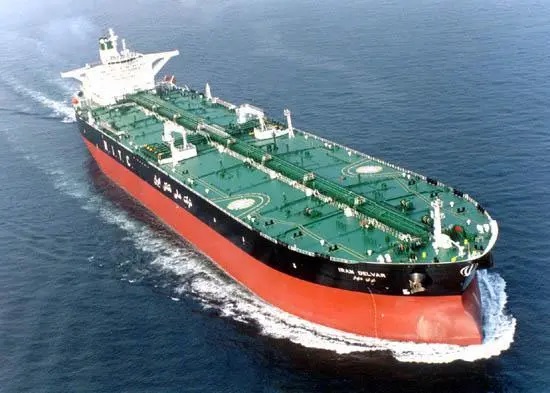
Hydraulic Components for Marine Use
Several key hydraulic components are integral to marine applications. For example, hydraulic pumps act as the heart of any hydraulic system, converting mechanical power into hydraulic energy through pressurized fluid. In marine settings, pumps often run on electric motors or engines and come in various types, including gear, vane, and plunger. Additionally, cylinders and actuators convert hydraulic energy into mechanical motion, thereby performing essential functions for steering, lifting, and stabilization.
Hydraulic motors resemble hydraulic pumps in that they convert hydraulic energy into mechanical torque, generating force based on their size and speed. Furthermore, hydraulic valves direct hydraulic fluid flow and regulate pressure, enabling precise adjustments and allowing operators to control loads effectively. To maintain system efficiency, hydraulic filters remove contaminants that can lead to failures. As contamination remains a leading cause of hydraulic system failures, ensuring fluid cleanliness becomes a top priority.
Given the corrosive marine environment, hydraulic components made from materials like stainless steel or brass outperform aluminum or carbon steel. Consequently, these materials ensure durability and longevity, effectively mitigating the effects of seawater corrosion.
Advantages of Hydraulics in Marine Applications
Overall, hydraulic systems offer a high power-to-weight ratio, making them ideal for marine applications where weight and space are limited. Their compact design and high power density facilitate efficient power transmission without compromising vessel performance. Additionally, hydraulic systems provide precise control and responsiveness, ensuring safe and accurate handling of marine operations.
However, the marine environment presents significant challenges due to exposure to seawater, moisture, and extreme temperatures. Fortunately, hydraulic systems can incorporate corrosion-resistant materials and coatings, ensuring long-term reliability and reducing maintenance needs. Furthermore, safety features such as pressure relief valves and fail-safe mechanisms prevent overloads, enhancing operational safety. Redundant hydraulic systems offer backup, thereby minimizing the risk of system failures in critical applications.
Welcome to Order Hydraulic Press Machines
If you are interested in ordering hydraulic press machines, we invite you to reach out to us. For more intriguing stories about hydraulic technology, please subscribe to our official website.

